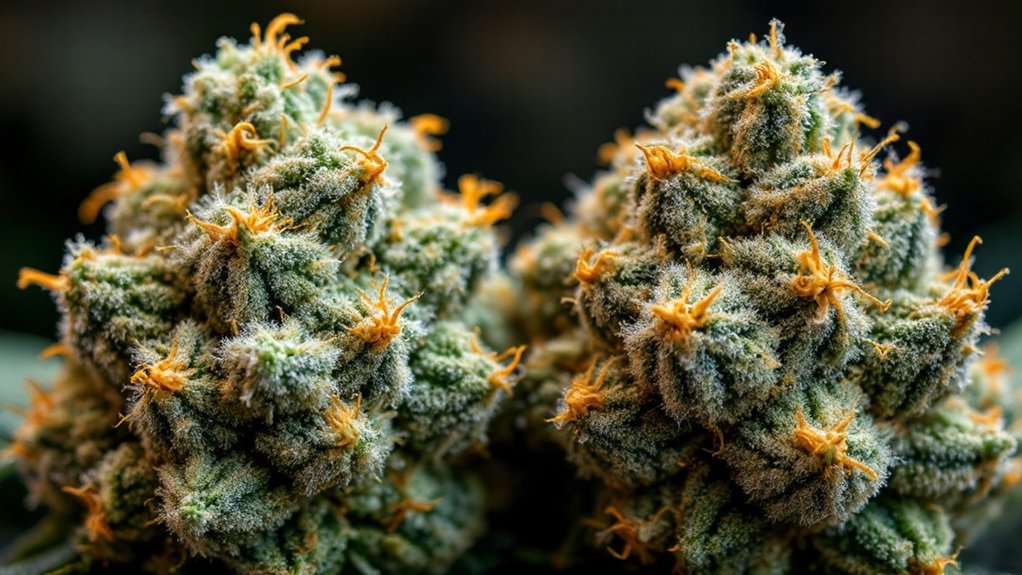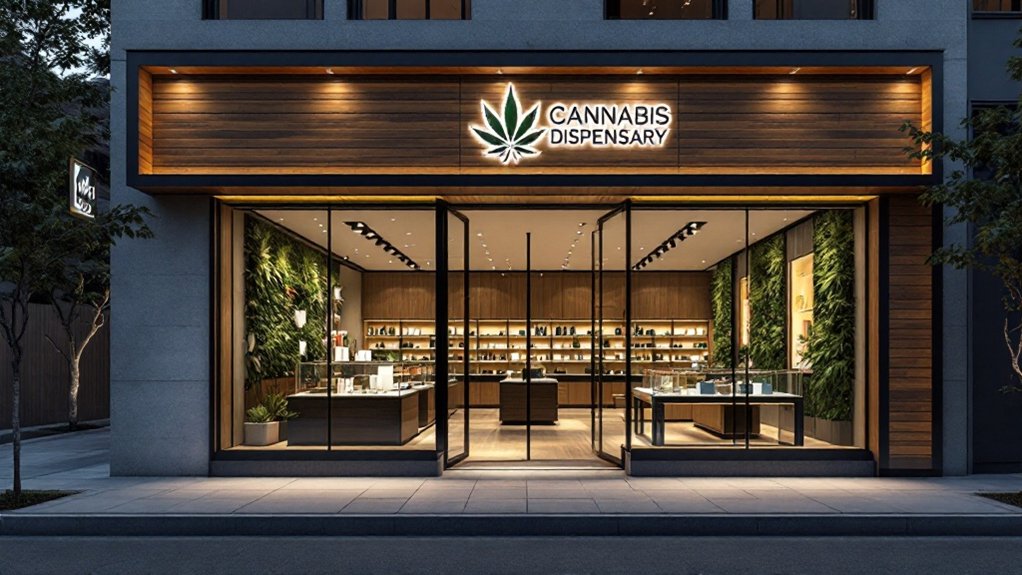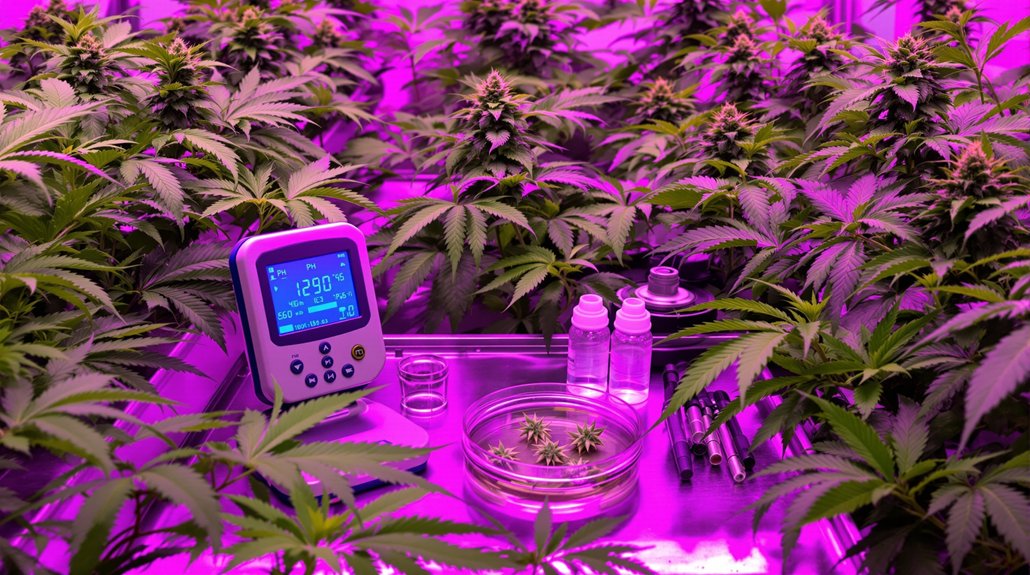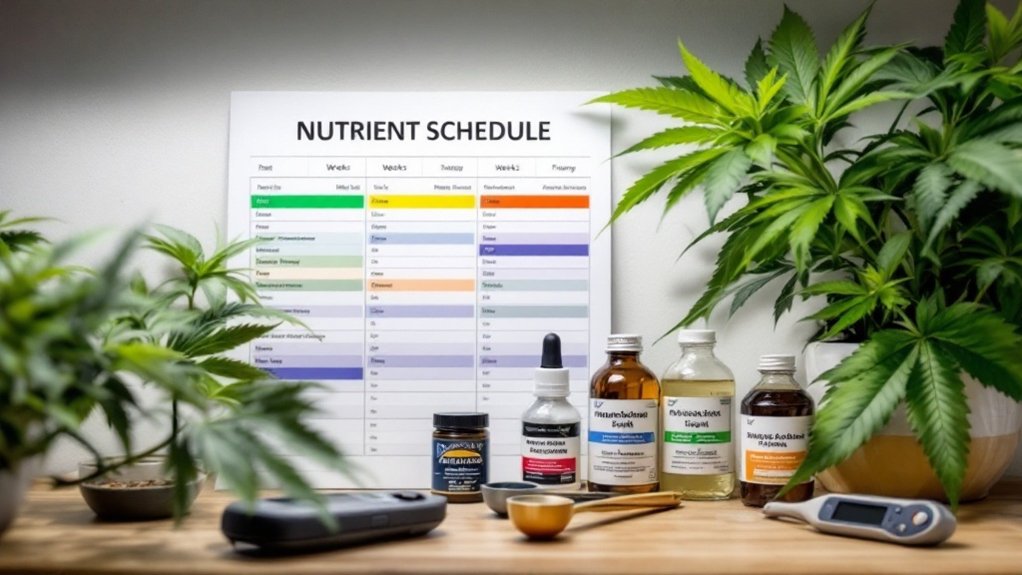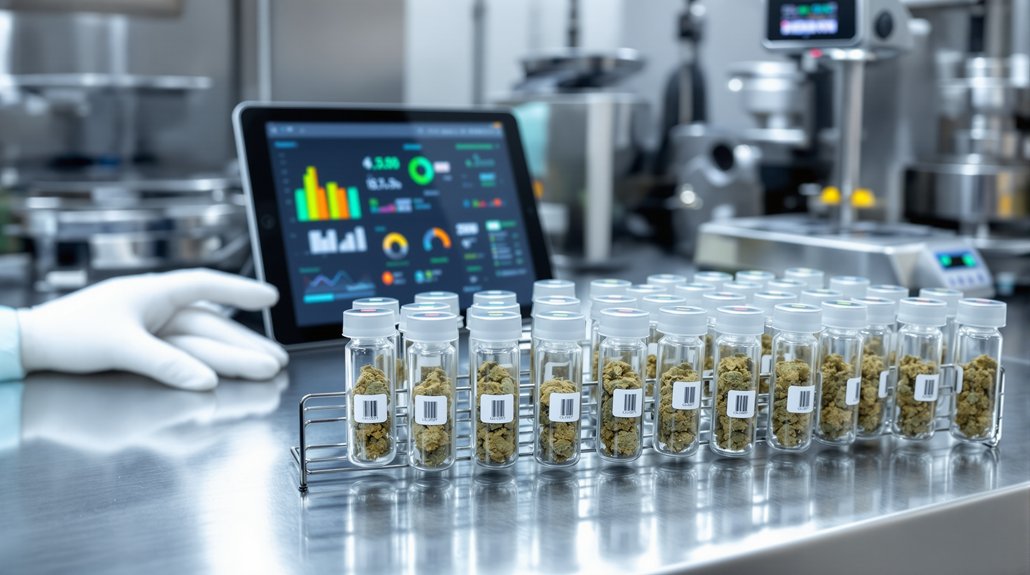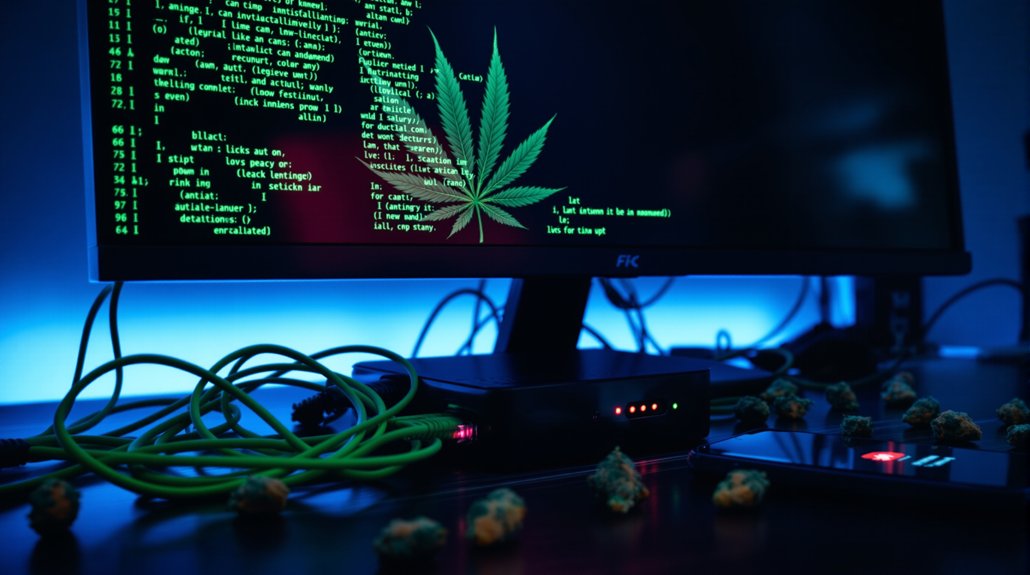Plant Growth Regulators (PGRs) are chemical substances that modify cannabis plant development. Natural PGRs (phytohormones) occur organically, while synthetic versions artificially increase bud density and yield. PGR-treated cannabis typically features unnaturally compact buds with fewer trichomes, resulting in reduced cannabinoid content, diminished terpenes, and inferior aroma and effects. These chemicals, particularly synthetic varieties, may pose health concerns including potential carcinogenic properties. Understanding PGR indicators helps consumers make informed choices about cannabis quality.
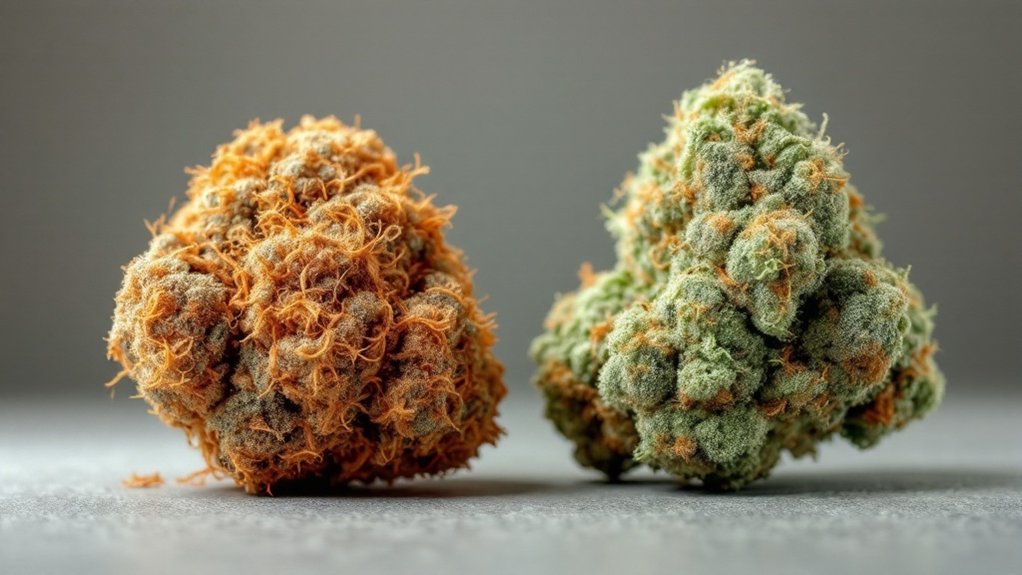
While cannabis cultivation has evolved considerably over decades, the use of Plant Growth Regulators (PGRs) represents one of the most controversial practices within the industry. PGRs function as a chemical communication system that directs plant organs when to grow, produce flowers, or generate seeds. Both natural (phytohormones) and synthetic PGRs exist, with synthetic versions classified as pesticides requiring strict regulation in the United States and Europe.
The controversial use of PGRs in cannabis cultivation manipulates plant growth through chemical signals, with synthetic versions requiring strict regulation as pesticides.
PGRs primarily target growth patterns and bud density in cannabis plants, creating visibly different end products. Natural PGRs are organic substances that encourage growth without harmful effects, while synthetic PGRs are artificially created compounds that mimic natural plant hormones. Alternative natural options include kelp and chitosan, which can achieve similar growth enhancement results without the potential negative consequences of synthetic varieties. Indole acetic acid represents a natural PGR that specifically stimulates root development when applied in low concentrations. Consumption of cannabis grown with synthetic PGRs has been associated with significant health risks including nausea, headaches, and respiratory distress.
The visual identification of PGR-treated cannabis involves recognizing unnaturally dense, thick buds that typically lack visible trichomes compared to naturally grown cannabis. This altered appearance often masks the reduced cannabinoid and terpene content within the flowers. The superficial visual appeal of dense PGR buds can mislead consumers about the actual quality of the product. PGR cannabis typically has a lack of fragrance and inferior taste compared to naturally grown cannabis.
PGR usage greatly impacts cannabis quality by diminishing trichome production, resulting in lower cannabinoid content and reduced terpene profiles. These changes affect both the aroma and potential therapeutic effects of the cannabis. While the buds appear dense and potentially more marketable, they lack the potency and beneficial compound profile found in naturally grown cannabis.
The market implications of PGR usage extend particularly within unregulated black market cannabis production, where increased bud weight and density allow for inflated selling prices. Even dispensaries in legal markets may carry PGR-treated cannabis products, making consumer education about PGR detection increasingly important.
Health concerns surrounding synthetic PGRs include potential carcinogenic properties when consumed, leading regulatory bodies to restrict their use in food crops. For cultivation, some growers utilize PGRs to enhance specific growth characteristics and increase yields. Different PGRs affect various aspects of plant development including roots, leaves, and stems.
While synthetic options prioritize yield maximization, natural alternatives focus on maintaining overall plant health without compromising quality or safety.
Frequently Asked Questions
How Can PGRS Be Detected in Purchased Cannabis Products?
PGRs in cannabis can be detected through several observation methods. Consumers should examine the physical characteristics, looking for unnaturally dense, smooth buds with excessive orange pistils and minimal trichomes.
Sensory evaluation reveals weak aromas, harsh smoke, and bland flavor profiles. Simple tests include comparing the product to natural cannabis, checking brittleness patterns, and examining trichome formation under magnification.
Laboratory testing provides definitive confirmation by identifying synthetic PGR compounds, though this option isn’t widely available in all regions.
Are Organic PGRS Safer Than Synthetic Ones?
Organic PGRs are generally considered safer than synthetic alternatives for cannabis cultivation.
Research indicates that organic growth regulators, derived from natural sources like seaweed or plant extracts, work with plants’ natural processes without leaving harmful residues.
Synthetic PGRs, such as paclobutrazol and daminozide, have been associated with carcinogenic properties and reduced cannabinoid profiles.
Organic options support plant health while maintaining terpene integrity, whereas synthetic compounds primarily increase density and weight at the expense of quality and safety.
Can PGRS Cause Long-Term Health Problems?
Synthetic PGRs in cannabis can indeed cause significant long-term health problems.
Research suggests these chemicals may have carcinogenic properties that accumulate in the body over time with regular consumption. The residual compounds can potentially contribute to cancer development, respiratory issues, and organ damage.
Additionally, PGR-treated cannabis typically contains lower concentrations of beneficial cannabinoids and terpenes, diminishing the therapeutic potential while introducing substances that are not approved for human consumption.
Do Legal Cannabis Companies Have to Disclose PGR Usage?
Legal cannabis companies generally have no standardized federal requirement to disclose PGR usage.
Disclosure regulations vary greatly by state, with most focusing on pesticides and contaminants rather than growth regulators specifically.
While some states mandate testing for certain synthetic PGRs, many do not explicitly require this information on product labels.
This regulatory gap allows producers to use various PGRs without notifying consumers, though some companies voluntarily promote their “PGR-free” status as a marketing advantage.
How Do PGRS Affect the Medicinal Properties of Cannabis?
PGRs greatly impair cannabis’s medicinal properties by reducing cannabinoid and terpene production.
Synthetic PGRs decrease THC and CBD levels, diminishing therapeutic efficacy for patients requiring consistent dosing. The attenuated entourage effect, caused by reduced terpene profiles, compromises strain-specific benefits for targeted conditions.
Additionally, PGR residues may introduce health risks that counteract medicinal benefits, particularly concerning for immunocompromised patients.
Natural PGR alternatives derived from kelp or chitosan preserve medicinal qualities without harmful residues.
